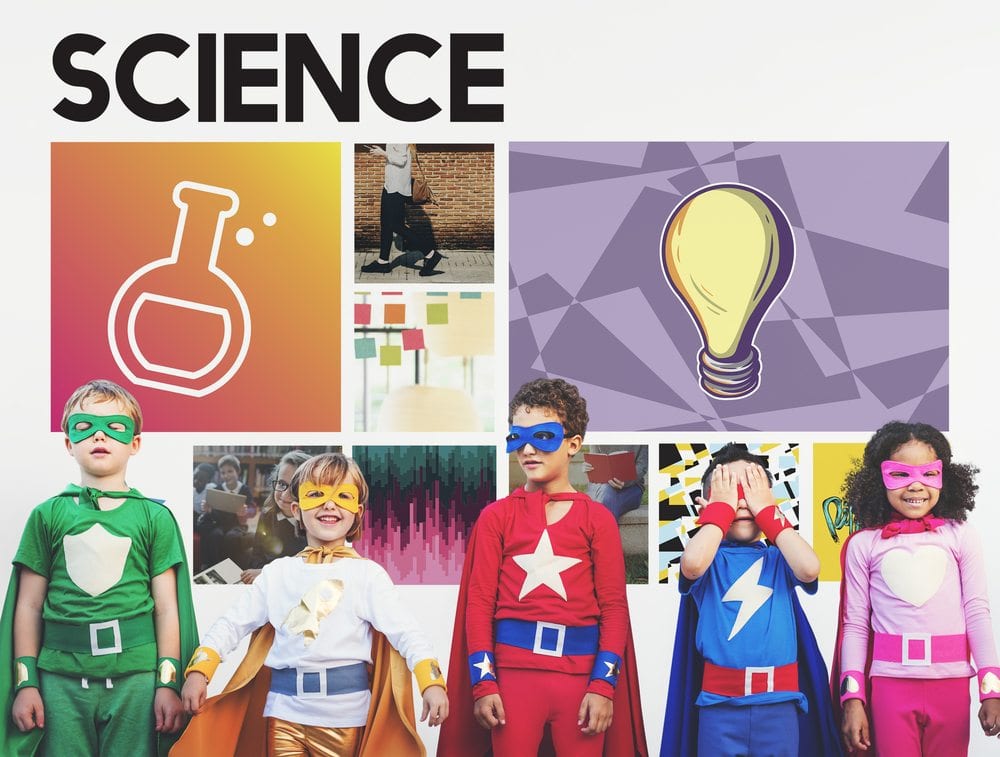STEM Learning Ecosystems Cultivate Scientific Literacy of Communities

How Does Science Help Everyone?
On August 9, the National Academy of Sciences Committee on Science Literacy and Public Perception of Science released a new report, Science Literacy: Concepts, Contexts, and Consequences. Edited by the Committee Chair Catherine Snow of Harvard University and Study Director Kenne Dibner, the report raises provocative ideas while examining the role of science literacy in building public support for science.
For example, most people likely think of ‘science literacy’ as an individual competency: something that people either develop or not depending on many factors. The report’s authors argue that individual science literacy is only one part of the equation and that “communities (and societies) can meaningfully demonstrate science literacy in ways that go well beyond the aggregated science literacy of the people in them.”
At STEM Next we are intrigued by the implications of this line of thinking for our own work.
The STEM Ecosystems Initiative, for example, aims to build the capacity of 36 communities to ensure that young people have access to a rich ecosystem of connected learning opportunities, in and out of school. The idea of cultivating ecosystems involves key stakeholders engaging in cross-sector collaboration to expand and link STEM learning opportunities, recognizing that developing scientific literacy is a lifelong process of participation in diverse learning experiences that take place across a variety of settings.
Ecosystem partners are early childhood and K12 teachers and leaders, representatives of science centers, out-of-school time programs, institutions of higher education, the private sector, parent organizations, libraries and many others. Before the ecosystems effort, many of these people did not know each other. They weren’t familiar with the contribution and expertise of stakeholders in sectors other than their own, so they hadn’t strategized together about how to leverage all of the community’s resources to ensure every young person has access to STEM learning.
Entering its second year, the ecosystem initiative is still too new for us to understand its long-term impact. But thinking about the ideas in this report raises a key potential goal for cultivating ecosystems: increasing the scientific literacy of the community as a whole. Cultivating ecosystems could be one part of the answer to a question raised in the report: “how does science help everyone, as citizens of an increasingly interconnected global community, know about the world?”
We all know the stakes are high – and the playing field uneven. The report points out that “communities faced with critical environmental issues—such as dangerous levels of lead in their water supply, clusters of cancer or other illnesses, the prospective consequences of fracking, road construction through communities or protected areas, or the introduction of new industries—can achieve levels of sophistication in science literacy that transcend the knowledge or skills of any individual in the community.” But the report warns, “under-resourced communities are more susceptible to the types of environmental and health crises in which science literacy-informed community activism would be crucial, yet they often have the least access to resources that support development and use of science literacy.” Closing that gap is a key goal of the ecosystem effort.
The committee concludes with a call for additional research to better understand the value of science literacy “in action” in society and within societal systems and communities. We look forward to being a part of this important effort and are grateful to the committee for this important publication.



